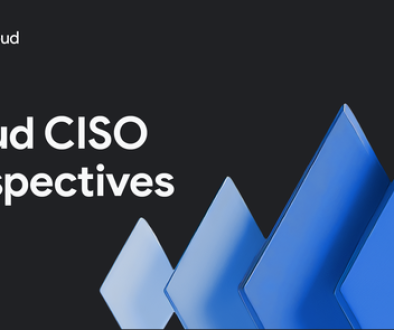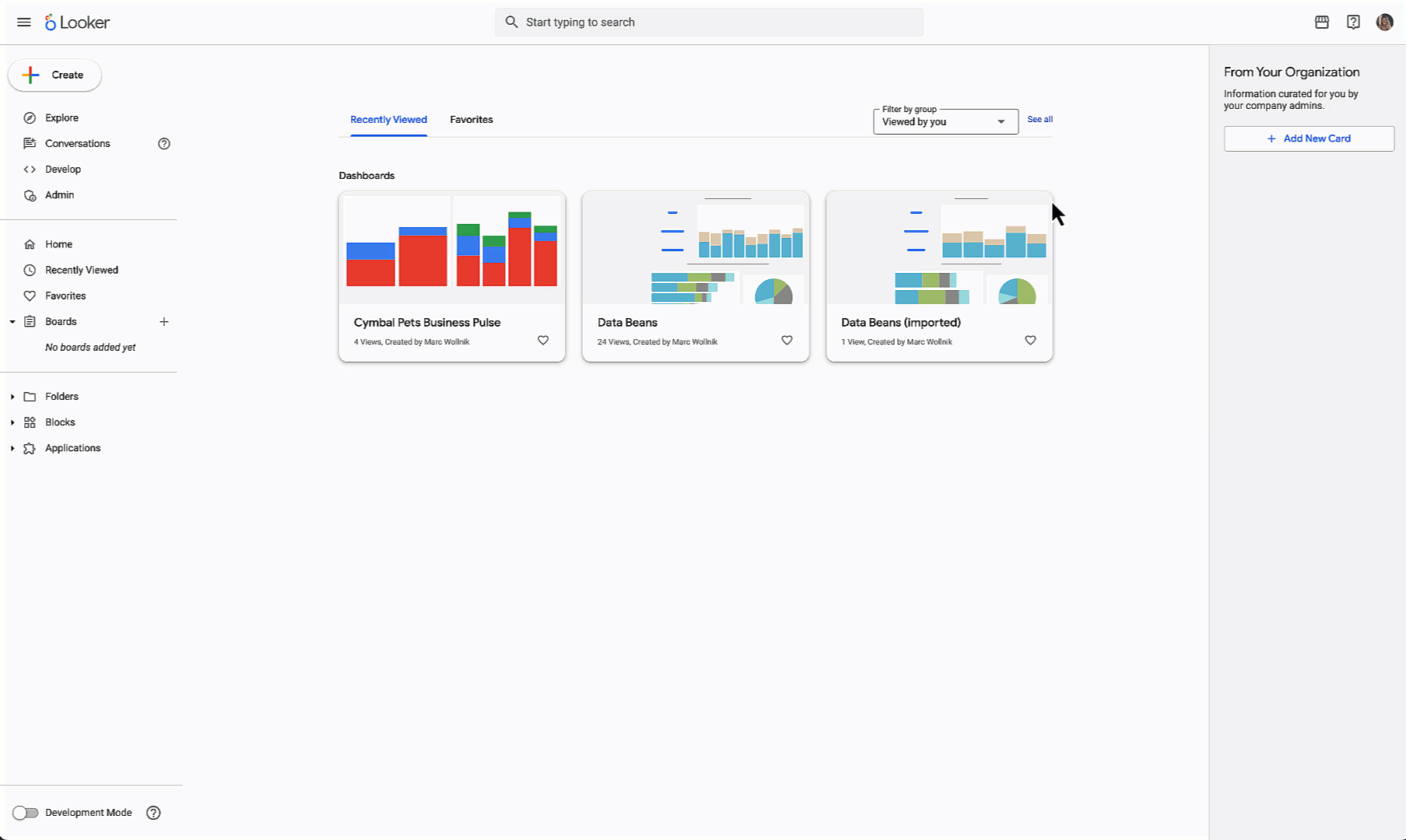GCP – Announcing Firestore with MongoDB compatibility, an enterprise-ready document database
Today at Google Cloud Next, we’re thrilled to announce Firestore with MongoDB compatibility, built from the ground up by Google Cloud. It provides developers with an additional choice for their demanding document database workloads.
MongoDB compatibility has been a highly-requested capability from Firestore’s existing community of over 600,000 active developers. With this launch, Firestore developers can now take advantage of MongoDB’s API portability along with Firestore’s differentiated serverless service, to enjoy multi-region replication with strong consistency, virtually unlimited scalability, industry-leading high availability of up to 99.999% SLA, and single-digit milliseconds read performance.
When complemented with the ability to use their existing MongoDB application code, drivers, tools, in addition to the open-source ecosystem of MongoDB integrations, Firestore developers are able to quickly build applications for common use cases, including content management systems, e-commerce product catalogs, and user profiles.
Firestore with MongoDB compatibility also offers a customer-friendly serverless pricing model, with no up-front commitments required. Customers only pay for what they use without the hidden costs of capacity planning. You can learn more about how to get started at our Firestore with MongoDB compatibility site.
“After migrating to Firestore, we improved developer productivity by 55%, observed better service reliability, and have been able to seamlessly scale to over 250,000 requests per second and 30 billion documents. Because Firestore is completely serverless and provides virtually unlimited scalability, we no longer have to worry about managing our underlying database infrastructure — liberating us from database DevOps. This has enabled us to focus on product innovations that matter to our customers,” said Karan Agarwal, director of engineering, HighLevel.
- aside_block
- <ListValue: [StructValue([(‘title’, ‘$300 in free credit to try Google Cloud databases’), (‘body’, <wagtail.rich_text.RichText object at 0x3ee15d38baf0>), (‘btn_text’, ‘Start building for free’), (‘href’, ‘http://console.cloud.google.com/freetrial?redirectPath=/products?#databases’), (‘image’, None)])]>
Here’s how Firestore with MongoDB compatibility is different
Developers enjoy the agility of the popular MongoDB API and query language to store and query semi-structured Javascript Object Notation (JSON) data. With this announcement, we’re implementing the MongoDB API natively in the existing Firestore service, allowing developers to use their MongoDB drivers and integrations to read and write to Firestore with no application code changes. Developers can now build their applications, enjoying the best of the MongoDB ecosystem, and leveraging Firestore’s experience in designing and managing the most scalable and available serverless document database service.
Firestore utilizes disaggregated compute and storage layers that scale independently, in real-time. The Firestore compute layer implements multiple developer friendly APIs, including a Firestore with MongoDB compatibility API.
Benefits of Firestore with MongoDB compatibility:
1. Scale while maintaining performance, with zero intervention and downtime
At Firestore’s core is an intelligent, serverless document database service that serves some of the most demanding workloads in the world, powering more than 1.5 billion monthly active end-users. Firestore offers virtually unlimited horizontal scaling with zero customer intervention or downtime.
We’re able to do this through a differentiated backend that offers automatic, real-time rebalancing of disaggregated compute and storage that smooths out load across nodes. It allows us to add resources exactly where they are needed. We’re now able to bring the best of Google Cloud to the document databases ecosystem.
In this graph, Firestore is auto-scaling to handle a sudden database traffic spike of over 20,000 writes per second, while observing improved (lower) latency at scale.
2. Industry-leading availability
Firestore enables automatic, synchronous replication across different availability zones and regions. When any replica becomes unhealthy, Firestore will fail over to another replica with zero downtime and zero data loss. At the same time, it will apply automatic self-healing on the unhealthy replica. Unhealthy replicas will not affect processes such as automatic scaling.
Firestore handles regional and zonal failures with zero downtime and zero data loss, while applying automatic self-healing.
3. Integrated Google Cloud governance
Firestore is fully integrated into Google Cloud’s billing, security, monitoring, auditing and compliance checks, which allows administrators to manage Firestore with other Google Cloud services through shared, central services such as Identity and Access Management (IAM), Cloud Monitoring, Cloud Logging, Database Center, and Assured Workloads.
Firestore’s integration with Database Center simplifies database fleet management and is connected with Gemini Cloud Assist’s database improvement recommendations.
4. Transparent, simple pricing
Firestore makes keeping costs in check easier than ever. Pricing is transparent, predictable and simple. For read and write operations conducted on the database, customers simply pay for the actual operations conducted, based on the size of documents and index entries in 4 kilobyte chunks for reads and 1 kilobyte chunks for writes.
There are no upfront fees or hidden costs due to challenging cluster capacity planning, mismanaged cluster sharding, or I/O charges. Customers can also attain further discounts on the pricing on the operations conducted through one-year and three-year committed-use discounts. Storage is billed for actual storage consumed, and is inclusive of automatic data replication. Customers can explore examples of applied pricing here.
5. Maximize developer flexibility
Firestore offers developers more interface choices. Coming soon, we will also offer data interoperability between Firestore’s MongoDB compatible interface and Firestore’s innovative real-time and offline SDKs. This can allow developers to maximize existing libraries and tools from both of the MongoDB and Firestore developer communities.
Supercharge your applications with Firestore’s upcoming data interoperability, enabling you to utilize both MongoDB drivers and Firestore web & mobile SDKs on the same Firestore database.
Get started on Firestore with MongoDB compatibility
With this launch, Google Cloud is offering developers seeking a MongoDB interface multiple choices, including both MongoDB Atlas and Firestore. We’re thrilled to see what you’ll be able to achieve using Firestore with MongoDB compatibility. Firestore with MongoDB compatibility is available in preview as part of the new Firestore Enterprise edition. Get started today on Firestore with no upfront fees and a free tier.
Read More for the details.




